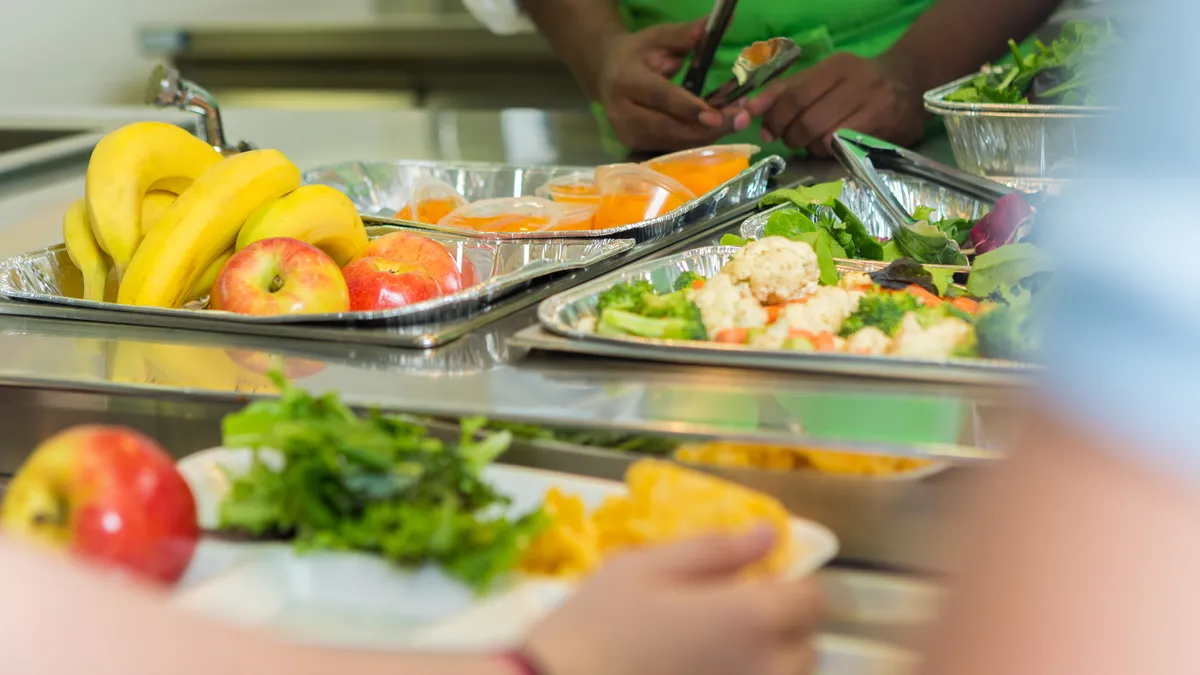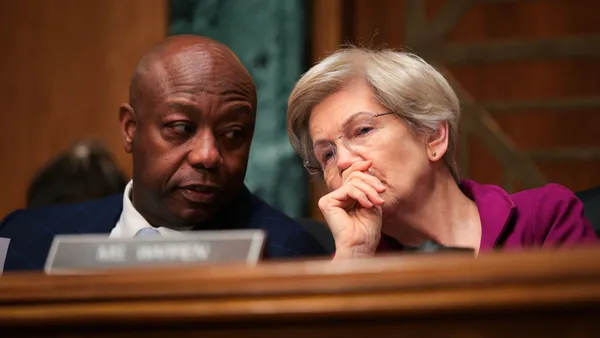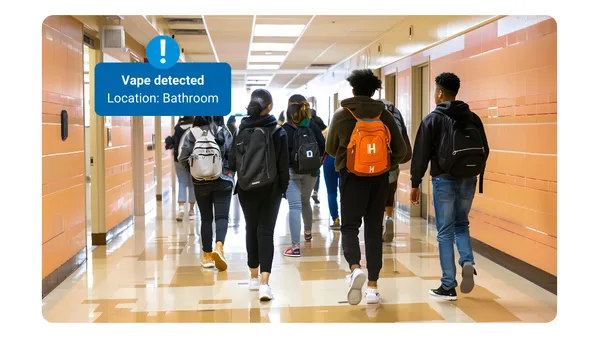For the past decade, Arizona’s Tucson Unified School District has purchased local produce to serve in its cafeterias.
And when the 40,000-student district began getting U.S. Department of Agriculture grants through the Local Food for Schools Cooperative Agreement Program in the 2023-24 school year, it was able to double its spending on local produce to 10% of its school nutrition spending, according to Lindsay Aguilar, the district’s food services director.
To date, Aguilar said, Tucson USD has received nearly $67,000 under the pandemic-era program, which was designed to support local farmers while helping schools and child care centers expand access to fresh, local menu options. But the district has submitted a total of $100,500 in reimbursable expenses to the USDA for the two years of grants it has received.
Now, however, the remaining $33,600 is gone: In March, USDA announced it was canceling the $660 million Local Food for Schools program nationwide.
Yet Tucson USD has already committed to paying its current rate for local produce during the 2025-26 school year, Aguilar said. Because farmers have to plan out which crops to plant well in advance to accommodate the district’s needs, Tucson USD had already completed that process with local food producers in November.
Since the district won't get reimbursement from the USDA to cover those costs, it will have to make cuts elsewhere in its budget to compensate, Aguilar said.
Serving local produce is “a very integral part of our program, and we’re committed to continuing our efforts,” but not every district can afford to do that, Aguilar said. “The really unfortunate part of it is it does ultimately impact our students and our efforts to educate them about local foods.”
Though the USDA program “represented a very small percentage of federal support for school nutrition programs,” the federal government needs to provide more resources — not fewer — as school foodservice programs navigate rising costs and new regulations, said AASA, The School Superintendents Association, in a March 12 statement.
In informing Massachusetts, for example, of the program’s cancellation, USDA said in a March 7 letter that it had decided the state’s Local Food for Schools agreement “no longer effectuates agency priorities and that termination of the award is appropriate.” The USDA added that it will terminate the agreements within 60 days of the notification.
A week later, a group of Democratic senators called on U.S. Secretary of Agriculture Brooke Rollins to reverse the cancellation of both this program and the Local Food Purchase Assistance Cooperative Agreement Program. The senators’ letter to Rollins set an April 4 deadline for responses to questions regarding USDA assessments of program cuts on producers and grant recipients — including schools — and the status of reimbursements for those with agreements in place.
“At a time when food insecurity remains high, providing affordable, fresh food to food banks and families while supporting American farmers is critical,” the senators wrote. They added that the Local Food for School program and a companion program for state, tribal and territorial governments to purchase local foods “have provided funding for local food purchases across all 50 states, four territories and 84 tribal governments.”
In a Thursday statement to K-12 Dive, a USDA spokesperson said the sunsetting of both pandemic-era programs signals “a return to long-term, fiscally responsible initiatives.”
“Unlike the Biden Administration, which funneled billions in CCC [Commodity Credit Corporation Charter Act] funds into short-term programs with no plan for longevity, USDA is prioritizing stable, proven solutions that deliver lasting impact. The COVID era is over — USDA’s approach to nutrition programs will reflect that reality moving forward,” the spokesperson said.















